
Reviewing Final Fantasy VII Rebirth was always going to be a challenge. The original game is one I’ve loved since I first played it back in 1997, and I’ve revisited it a few times over the years, my love for Cloud, Aerith, Tifa and the crew never dampened. It was a game that, for many, sparked a long love for RPGs, one that without, I might not have fallen in love with the ‘Tales Of’ series, Dragon Quest, or another throwback, Suikoden. I carry such a soft spot for Final Fantasy VII, that I wasn’t sure if those nostalgia glasses would perhaps overshadow everything.
When I played the first part of this new trilogy, Final Fantasy VII Remake, I was thrilled, but couldn’t help being a little disappointed; the game felt too short and too linear, and the best parts of the original game were shifted over to Rebirth. All those regions I loved - Costa Del Sol, Nibelheim, Cosmo Canyon - were waiting in this new installment. Was I going to be let down when I finally got to venture out into the open-world? I should never have had such a fear because Final Fantasy VII Rebirth seems to do everything right, even the nostalgic throwbacks. Rebirth, in this instance, is a recreation, another shot at being an RPG masterpiece.
Final Fantasy VII Rebirth is a game that must be experienced by all fans
What happens in this second part of the trilogy is scattered, the story from the original game broken down into so many pieces. Of course, we’re trekking across the world to hunt down Sephiroth, but we’re also running into Shinra at every opportunity. Among the big plot points, which generally follow the original game, aside from where the whispers appear - we’ll come back to this - there are chapters dedicated to our party.
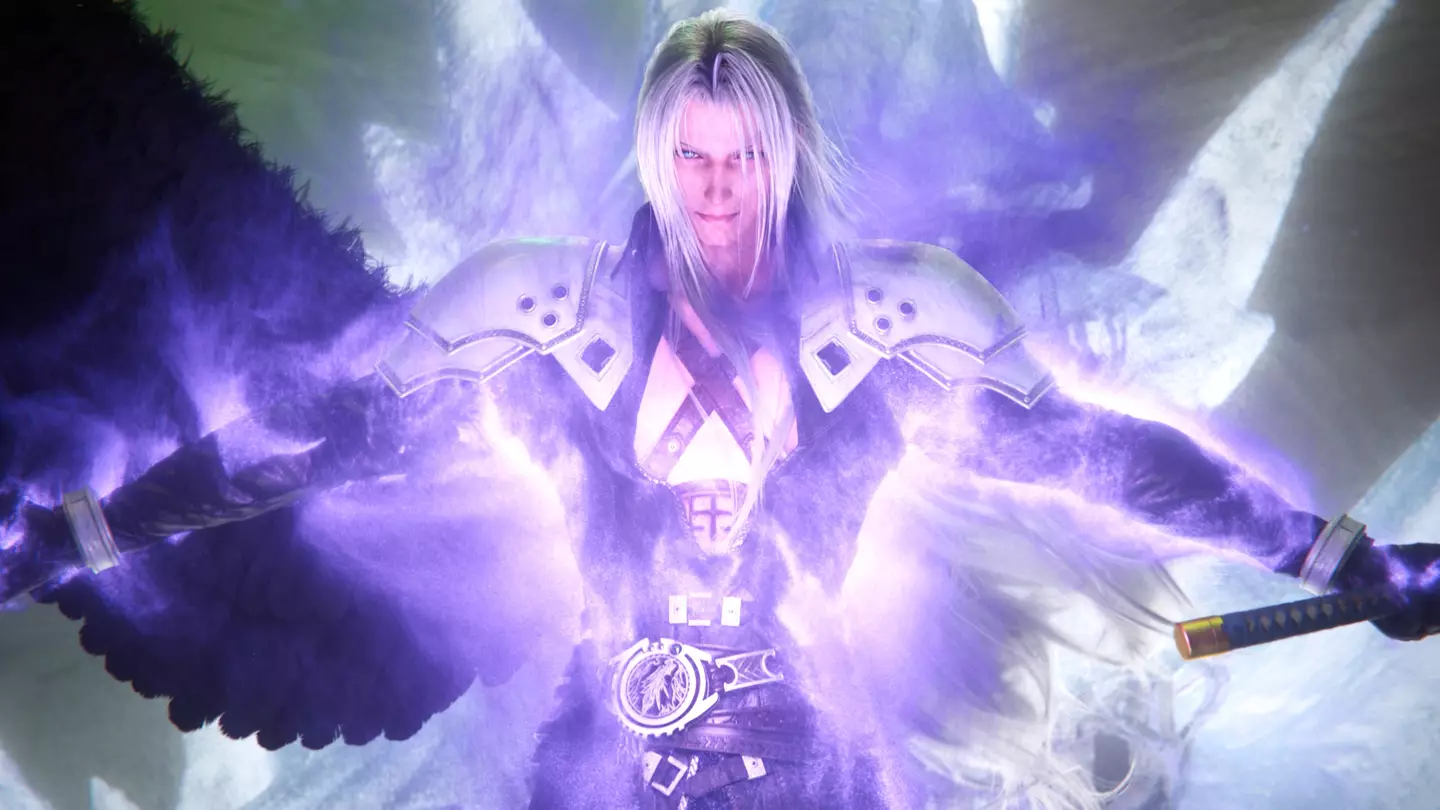
It’s all still a cohesive story, but it’s one told piecemeal, in between open-world activities and side missions. All the ingredients are here, but the meal is not delivered how you’d expect, despite its deliciousness. For example, story beats you’ll know came towards the end of the original are now sandwiched into Rebirth shifting their priority, and giving them a new lease of life for the growth of the party. We learn more about Barret’s past, Red XIII has his time to shine in his hometown, while Yuffie appears in Junon and brings her dash of excellence and emotion.
Advert
Perhaps the most realised is Cloud, which is good and proper, given his status as the main character. We get to see a new side to him in Rebirth, one that contains more compassion, and more care, slowly taking over as our party grows. Cloud is a very different person here, he has many stand-out moments that dance between heartrending and delightful. He’s a multifaceted character now, and he has to be to stand out in this crew which is now bolstered by Yuffie, but also Cait Sith.
The new additions fit right in and give the game a different air. Where Remake stayed a little more serious - aside from Cloud putting on a dress and dancing the night away - Rebirth revels in humour to lighten the moments between the dread of Sephiroth, or the overbearance of Shinra. Yuffie, in particular, is genuinely brilliant due to her obsessive hunt for materia, or her ability to get travel sick in every mode of transport. Cait Sith, with his Scottish brogue, manages to deliver several lines that alleviate the drama nicely.
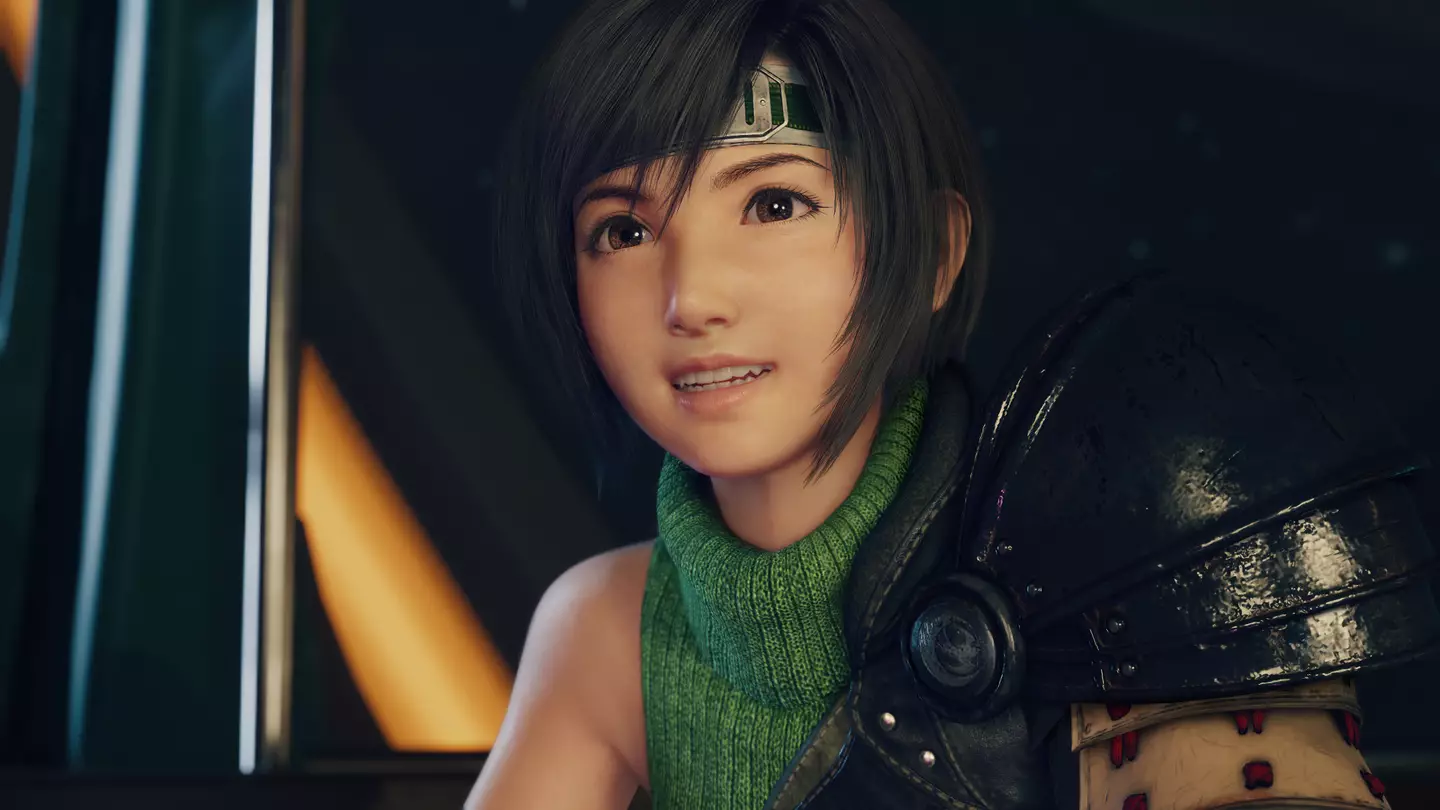
And yet, this is a dark game. One where the shadow of Sephiroth is cast long over the whole, starting wonderfully with the opening chapter in Nibelheim, where the infamous fire scene breaks out after our grey-haired boy discovers his real links to Jenova. It’s a gut-punching way to start the game as a 16-year-old Cloud and Tifa come to terms with losing their home and their innocence.
Advert
Final Fantasy VII Rebirth is an interesting game to play in 2024 when our world is plagued by war and impacted by climate change. The story threads here are being echoed around us, making for a more weighty experience, one that can’t help but hit a little harder in the face of our 24-hour news cycles.
So, the stage is set. Throughout the journey we meet old and new faces, some we’ve only known briefly from older spin-offs who now get their moment to shine. We also come face to face with Shinra on many occasions, the evil, cretinous Hojo is still a despicable slug of a man; Rufus Shinra, the atrocious nepo-baby. Of course, the whispers from the first game make an appearance and play around with the story we already know, reshaping it into what we find in Rebirth, or changing the characters we thought we knew so well. The one thing we’re all here for though, is the open-world, perhaps the game’s most famous character.

It’s a darn delight, too. While this isn’t a borderless world, it’s large enough to get lost in for hours at a time. The planet is broken down into regions. The grasslands are the first you’ll discover after leaving the village of Kalm, then we move through places like Junon, Cosmo Canyon, Mount Corel, and, who could forget, Gold Saucer. Each region has its own style moving through beach resorts, craggy and mountainous deserts, lush jungles, and the more built-up cities. Within each region, there’s a whole host of side content to busy yourself with, which helps to level up the party and individual characters.
Advert
While I wish I could say the distractions are all made equally brilliant, there is a lot of repetition here. Scanning crystalline life stream features is an exercise in pressing the same button three times, each time, never changing. Hunting down obelisks dedicated to creature summons are another round of button pressing to strengthen your materia. Then there are the towers to be scanned that will uncover all these distractions and plot them on your map. A little frustrating, but they take up only a little time.
This brings me to my personal frustration, though your mileage may vary, Chadley. This small waif of an android was an annoying presence in Remake, but for Rebirth he’s everywhere. In every town you visit, constantly messaging you with inane conversation - he’s the reason for the side quests - and while he does dish out some materia and set up some cool battle simulations, his constant interruptions become frustrating after the first couple of regions.
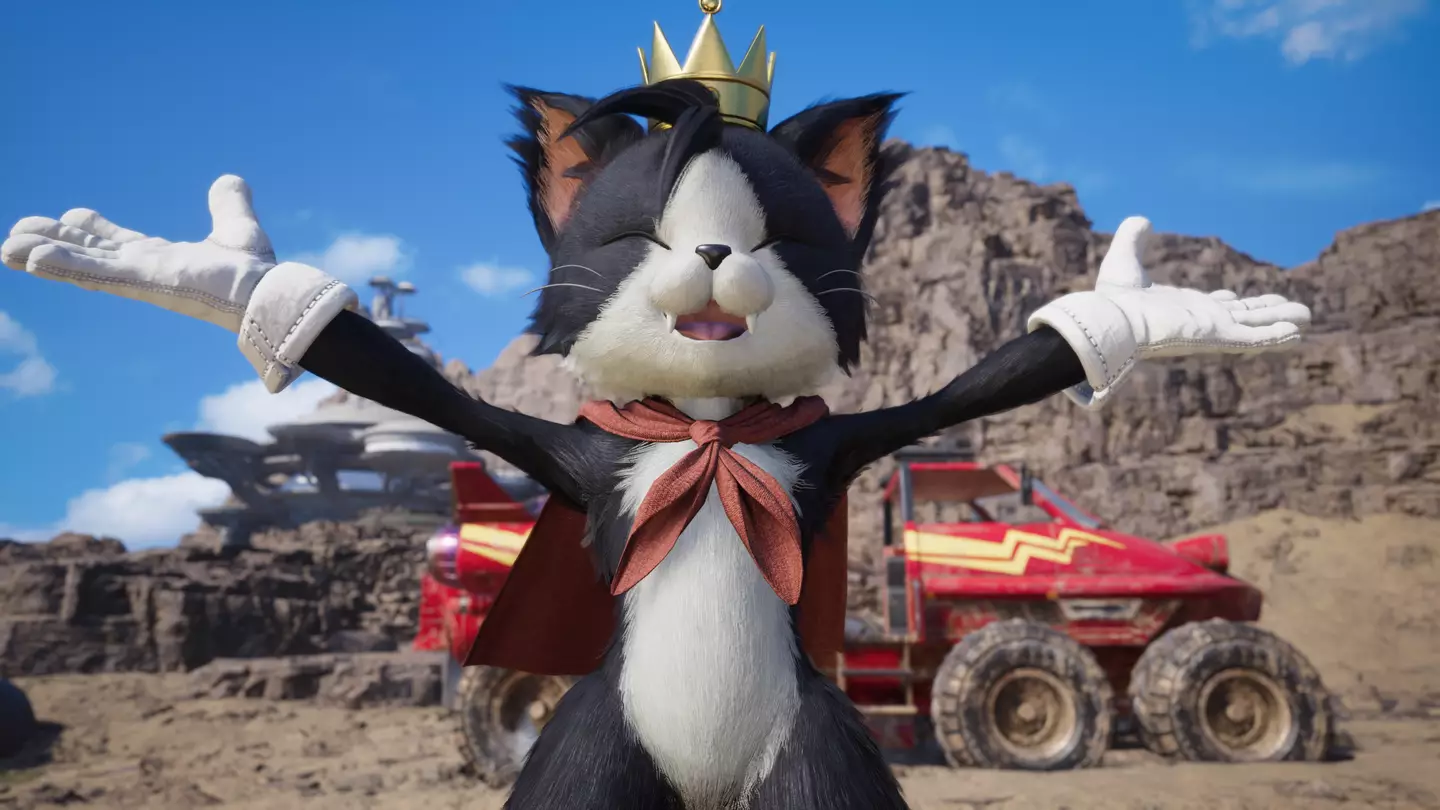
Perhaps the smartest, and most intriguing, feature of the open-world regions can be distilled into the protorelic storyline. You see, the protorelic is a treasure that can be found in each region, usually hidden behind some form of minigame. By now you will likely have seen the Fort Condor minigame which uses the original polygonal style of character model, this, for example, hides the protorelic in that region. Upon completing each thread of the plotline you will learn more about a mysterious character who is hunting out the same treasure.
Advert
Minigames are a big part of Rebirth. You’ll find them everywhere; from the piano rhythm game you’ve probably seen in the prologue demo, to hopping around as frogs, fighting catuars, Ferrying Segways around (Wheelies in Final Fantasy), playing a form of football with Red XIII, or playing the arcades in Gold Saucer. They’re mostly enjoyable and bestow rewards for beating scores. My favourite minigame has to be Queen’s Blood, the new card game. It’s incredibly engaging and kept me coming back when I needed to chill between large-scale fights.
Catching each region’s chocobo is a simple minigame, and it’s required for fast travel. The chocobo have different abilities in different regions - gliding, flying, and more, they’re also used to sniff out treasure. Though it’s not all down to chocobos, there’s a buggy reminiscent of Final Fantasy XV’s Regalia vehicle, plus a plane flown by a familiar face. There are even several forms of traversal that provide a level of verticality and change up the plodding along through the maps.
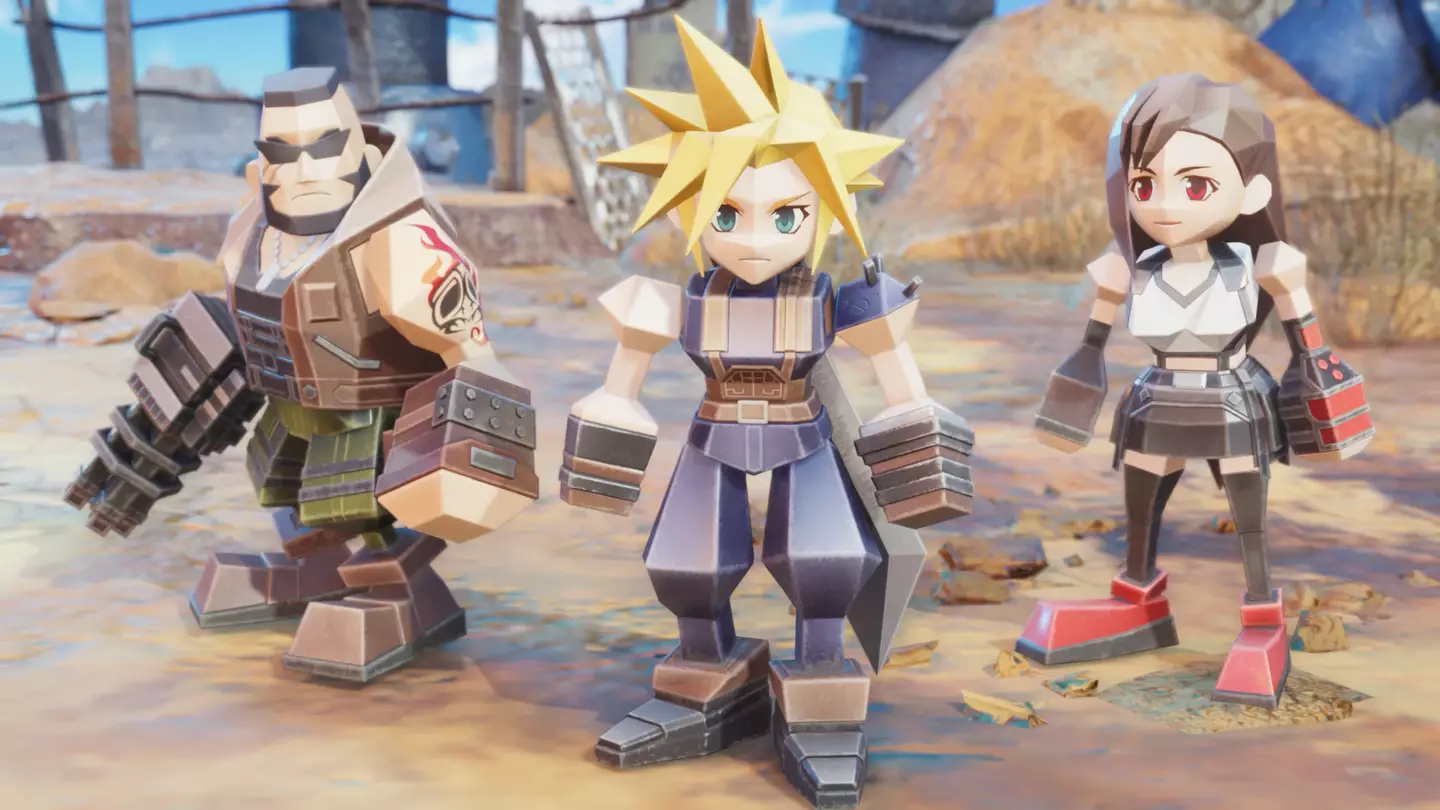
All of this is to say there’s a lot to do, most of which adds an extra layer to the proceedings because these games often result in cute conversations with your party, whose relationships can change - positive to negative - depending on tasks or conversation topics. Some of the best interpersonal moments come as a result of exploring or tackling a minigame.
Advert
These relationships also evolve through combat as you use synergy tactics, combining two party member’s attacks for high damage or a boost to your ATB or limit gauge. Combat hasn’t grown that much between the two games when you boil it down. You still wait for your ATB gauge to fill, then cast spells or use abilities and items in between thwacking everything with a standard attack. Though it should be said, the synergy abilities always come with top-notch animation - I wish I could watch these on their own.
Each member does have two forms of attack usually; for Cloud we get a fast-paced sword swinging or a more sedate but also more damaging attack. Red XIII will attack in close range, though his alternate attack helps him leech HP from the enemies to keep him healthy. There’s a lovely touch of unlocking abilities that cast elemental spells which allow you to rely less on certain materia, making room for others.
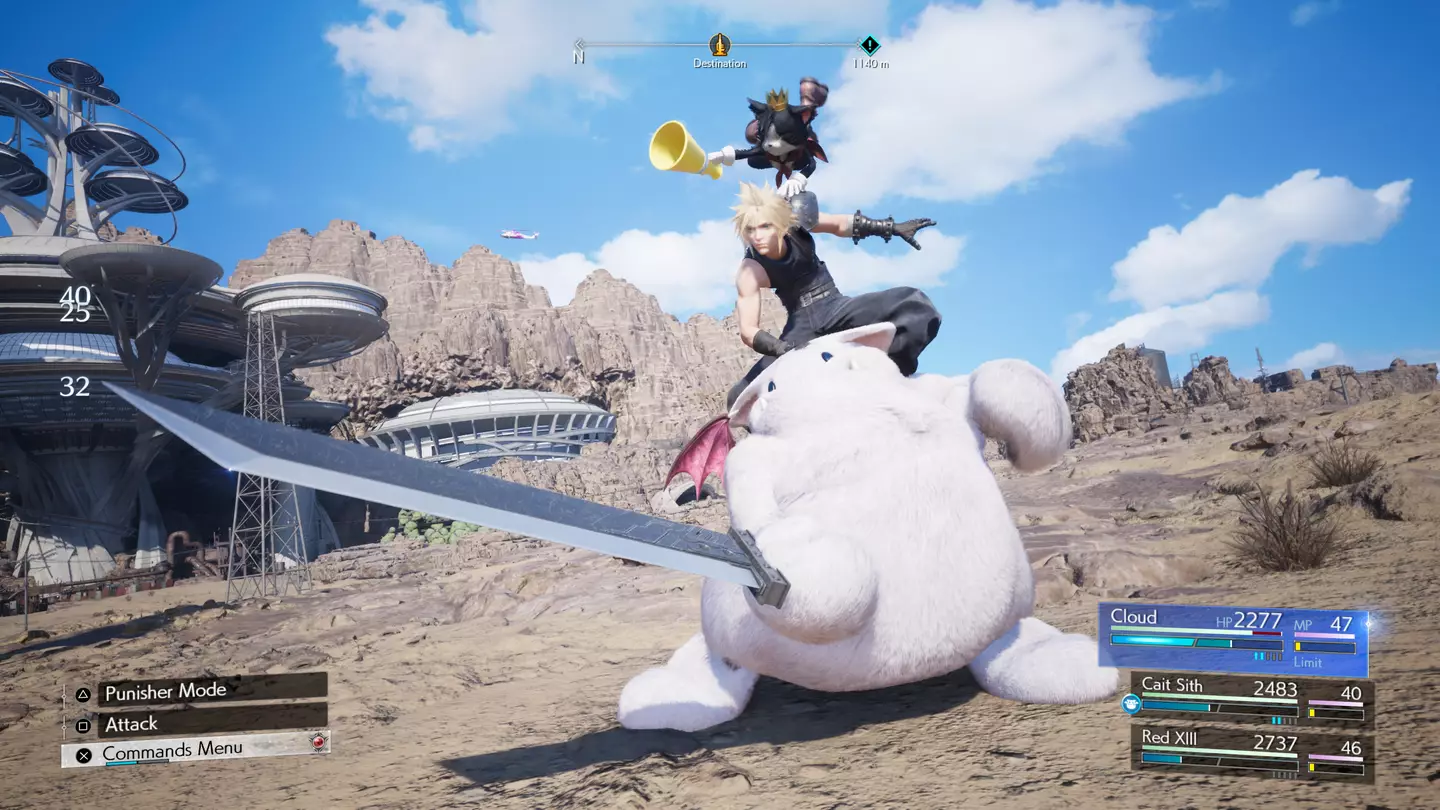
Fiends have various weaknesses to punish which will cause them to stagger, where you can then land some massive damage. Much of the time you’ll be cycling through spells and abilities taking advantage where possible. The fights manage to stay dynamic throughout regions, though if you’re playing on easy it’s unlikely you’ll die or need to block many attacks. Playing on the lowest difficulty does remove a lot from the game, though it does allow you to focus on exploration and story. The item transmuter, which allows you to create items from ingredients found in the world, becomes a bit useless on low difficulty because you just won’t use as many items.
The combat, as well as equipping items and levelling up, can be as deep or shallow as you please. There are options to let the game decide what to level up if you want to focus on the story, or you can use the new Folio system to choose new abilities and synergy moves by spending SP, earned through levelling up each character. The game’s difficulty can also be tweaked to offer more of a challenge - once the game’s story is finished you can replay on ‘hard’ difficulty if you want more of a challenge.
While I played Final Fantasy VII Rebirth my mind danced between different review scores as I played. At some points I wholeheartedly believed that I would give it a ten, citing the game’s gorgeous world and emotional story as some of the best I’ve seen in a long time. Occasionally the score in mind dipped to a nine because the open-world activities could feel repetitive, being rehashed for each region. At one point my inner monologue struck up the idea of giving it an eight because while the game is brilliant, it doesn’t feel as cohesive as I would like.
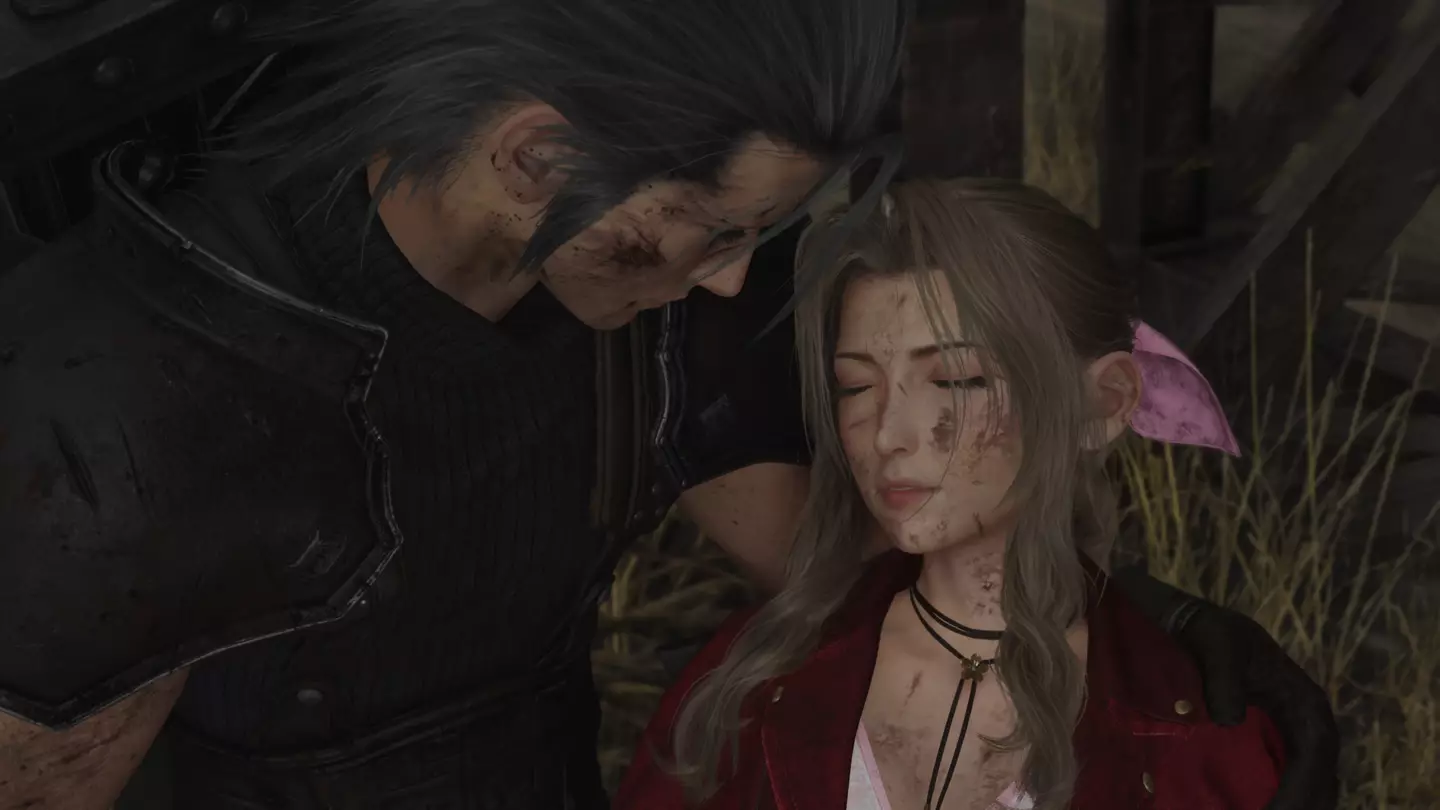
However, with all that being said, I settled on the score I have because of how Final Fantasy VII Rebirth made me feel - the emotional connection that grew from chapter one. I reflected on the tender moments between Cloud and Tifa, the naive and cute responses from Aerith, along with the times I laughed at Yuffie throwing up after yet another vehicle ride. I trod once again the paths through each region, marvelling at the landscapes, the monster design, taking in the gorgeous soundtrack that pulled memories from deep within me, formed over two decades ago.
The game’s final hours are some of the best gaming moments I’ve experienced in recent years. From fights that are as cinematic as any blockbuster movie, to quiet moments of emotion that filled my eyes with tears. I wanted to reach the conclusion as fast as possible to find out what happened next, and yet I wanted to eke out every minute as I didn’t want my time with these amazing characters to end.
Yes, the game does have minimal flaws. It has slight frustrations, but they’re mostly forgettable while you’re watching Cloud and Sephiroth, noting the callbacks to the original game, or seeing a beloved character once again - Zack’s inclusion will please a lot of long-term fans and his involvement elevates many of the game’s jaw-dropping moments. And I’ll be honest, many of the changes made from the original make a lot of sense and improve the flow of the story.
It’s hard not to bring nostalgia into it. I can ignore those quibbles I have because of the countless times this game made me feel something, whether that be anger, joy, sadness, or empathy. As I rolled the credits I realised this was exactly the game I’ve wanted to play since I was 17 years old, it’s playing one of my favourite games all over again, experiencing everything fresh - and loving it just as much as I did over two decades ago.
Pros: An evolved story set in a beautiful open-world filled with wonderful characters and bundle of emotion
Cons: A few irritations with minigames and Chadley
For fans of: Final Fantasy, Dragon Quest, Dragon’s Dogma
10/10: Perfect
Final Fantasy VII Rebirth is available 29 February for PlayStation 5. Review code was provided by the publisher. Read a guide to our review scores here.
Featured Image Credit: Square Enix, SonyTopics: Final Fantasy, Final Fantasy 7, Square Enix, Sony, PlayStation, PlayStation 5
